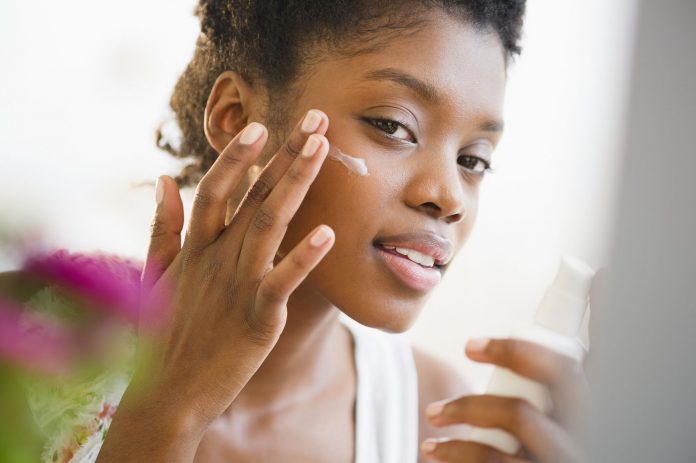These claims are only supported by anecdotal evidence. There’s no definitive clinical research indicating that ice facials can address these conditions.
Keep reading if you’re still curious about this popular face treatment. We’ll tell you more about it, including how to apply the ice to your face, alternative ingredients for your ice cubes, and best practices tips.
How to apply ice to your face
Advocates of ice facials suggest rolling four or five ice cubes in a soft cotton cloth. They then recommend using the covered ice cubes to gently massage your face with circular motions for a minute or two.
Purported benefits of ice facials
Ice for puffy eyes
The Mayo Clinic suggests that you can reduce bags under your eyes by applying a cold compress to the area with mild pressure for a few minutes. Proponents of ice facials suggest using ice cubes made of water or a caffeinated drink such as tea or coffee.
According to research from 2013, caffeine can penetrate the skin and increase circulation.
Ice for acne
Advocates of using skin icing to treat acne suggest it can slow down inflammation and minimize skin pores to reduce excessive oil production.
If using ice facials to address acne, change your ice and wrapping often to avoid spreading bacteria from one part of your face to another.
Ice doesn’t have to be frozen water
Some advocates of natural healing suggest replacing the water in your ice cubes with other ingredients, such as aloe vera and green tea. Anecdotal evidence suggests that ice cubes made with these ingredients can fine-tune the facial treatment for specific conditions.
Aloe ice
In the natural health community, aloe vera is used for a number of skin conditions. However, the National Center for Complementary and Integrative HealthTrusted Source says there’s no sufficient scientific evidence to support aloe for healing wounds or any of its other popular uses.
Anecdotal evidence suggests that frozen aloe maintains its healing powers and can soothe sunburn and acne. Proponents of this practice say that if you don’t have frozen aloe, you can apply aloe gel to your skin before doing your regular ice facial.
Green tea ice
A number of studies, including one from 2013 published in the British Journal of PharmacologyTrusted Source, suggest that the catechins in green tea are antiviral and antibacterial.
Advocates of ice facials suggest that using ice cubes made from green tea can combine the benefits of ice on your face with virus- and bacteria-killing properties.


























